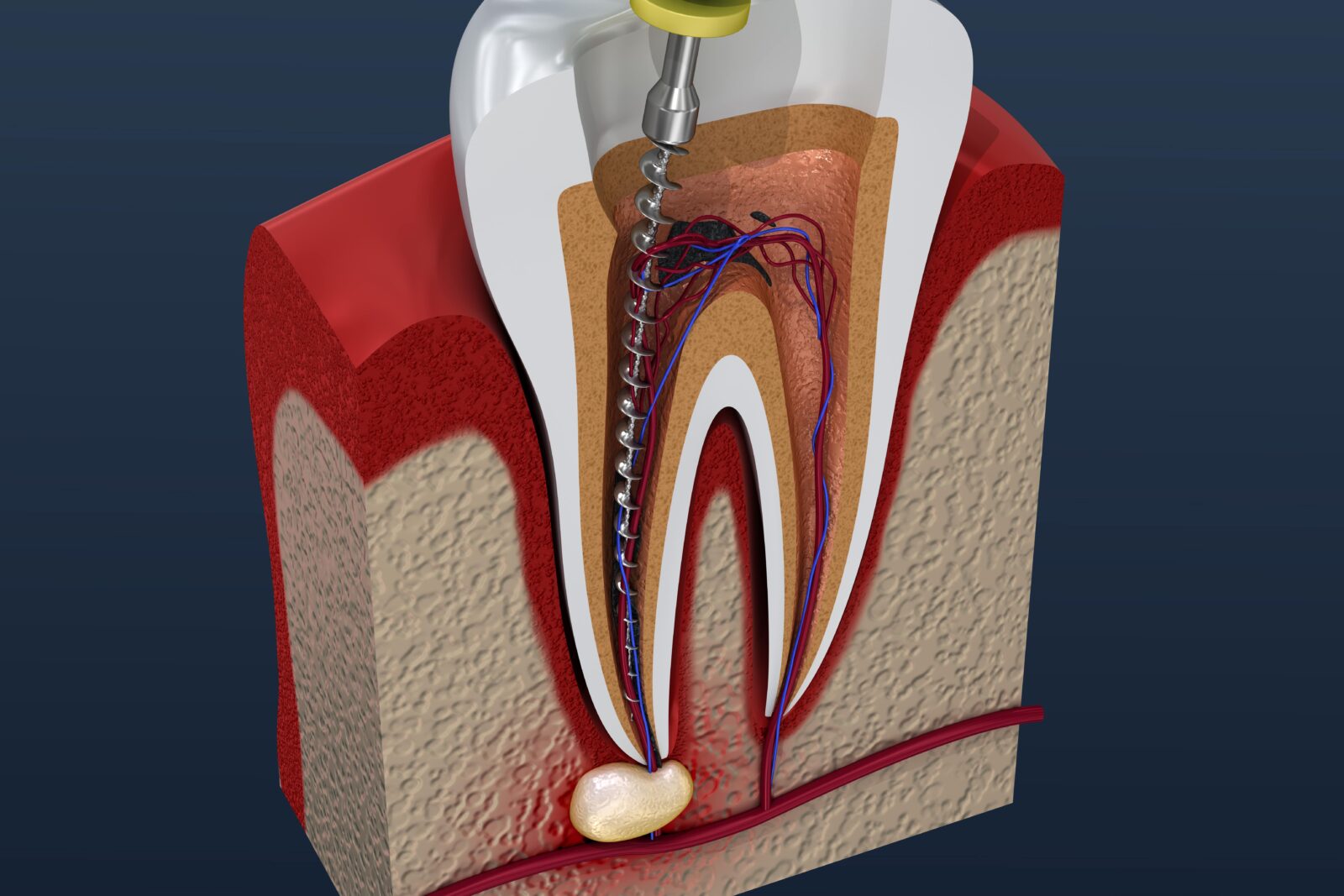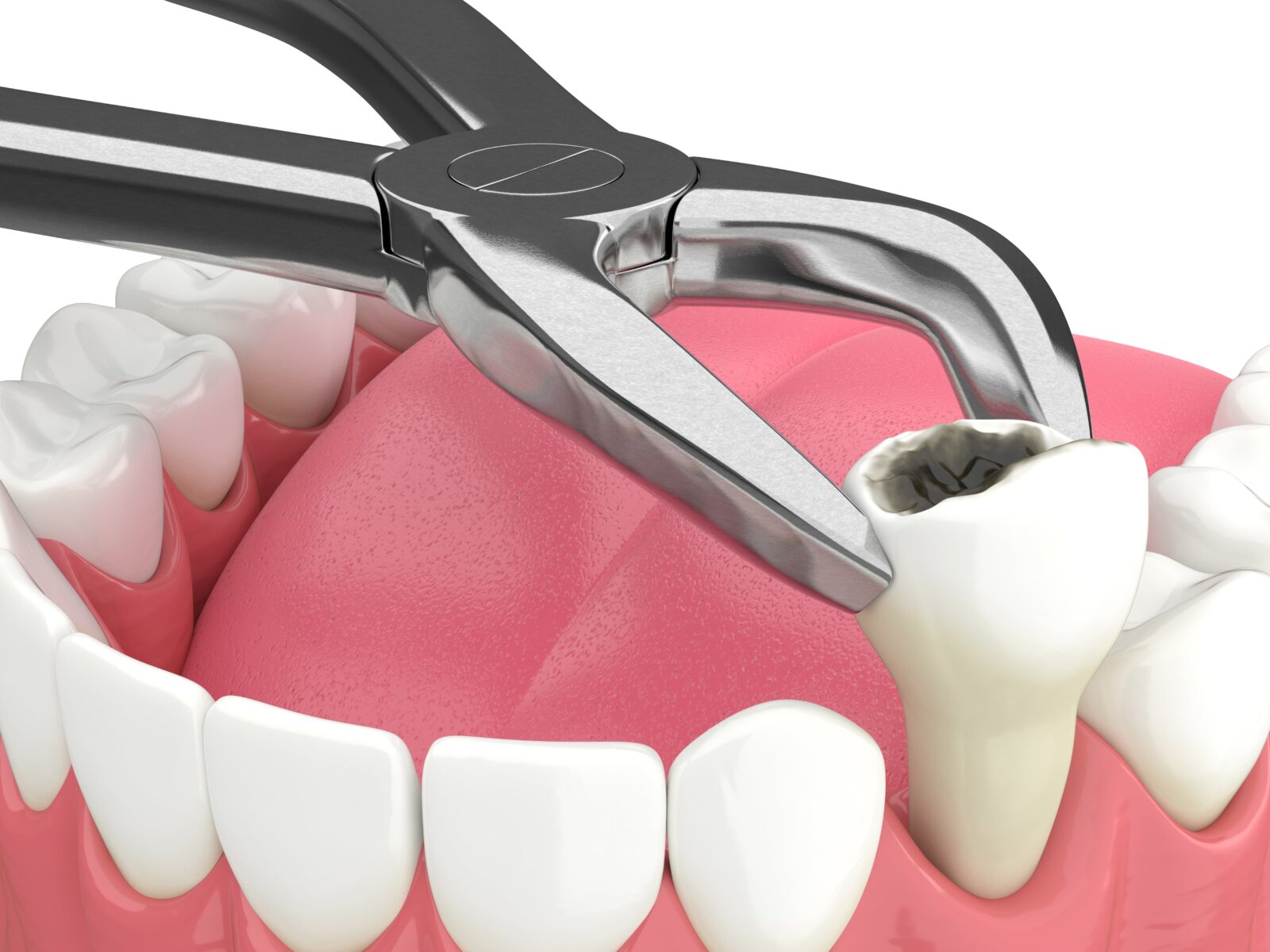When it comes to severe tooth decay, there are two main treatment options: root canal treatment or tooth extractions. Both have their pros and cons, and it can be difficult to decide which is the best option for you. In this blog post, we will define both treatments and discuss the pros and cons of each. We will then decide which treatment is the best option for severe tooth decay, and explain why.
Root Canal Treatment

Root canal treatment is a procedure that is used to save a tooth that is badly decayed or infected. Root canals are typically performed when a tooth is severely decayed and the decay has reached the innermost parts of the tooth, known as the pulp. The decay can cause infection and inflammation inside the tooth and around the tooth nerve, which is often painful. Root canal treatment removes the infected and inflamed tissue from the inside of the tooth, and then seals the tooth to prevent further infection.
The first step in root canal treatment is to drill a small hole in the top or side of the affected tooth. Then, special tools are used to remove the damaged or infected tissue from inside the tooth. Once this tissue is removed, the inside of the tooth is cleaned and sealed. The hole is then filled with composite resin and the entire tooth is restored with a dental crown.
The pros of root canal treatment are that it is a relatively simple procedure, and it can often be completed in one visit. Root canal treatment also preserves the natural tooth structure, which is always recommended to maintain oral health. The cons of root canal treatment are that it can be expensive, and there is a risk of complications such as the need for root canal retreatment.
Tooth Extractions

Tooth extractions are a procedure that is used to remove a tooth that is badly decayed or damaged. Tooth extractions generally become necessary when the affected tooth poses a threat to the surrounding teeth. If this threat outweighs the benefits of keeping the tooth in place, then an extraction is recommended.
The first step in a tooth extraction is to loosen the tooth with a special instrument known as an elevator tool. The elevator tool is designed to gradually lift the tooth out of the socket. Once the tooth is loose, it is then removed with forceps. In some cases, incisions may need to be made in the gums to remove parts of the tooth root in the case that a tooth breaks.
The pros of tooth extractions are that they are usually less expensive than root canal treatment, and they are often faster and easier. The cons of tooth extractions are that there is a risk of complications such as infection, and the recovery process can be painful. Additionally, it is highly recommended to have a dental prosthetic, such as an implant, placed after having a tooth removed to prevent future complications.
Which is Best?
So, which treatment is best for severe tooth decay? Root canal treatment or tooth extraction? The answer depends on several factors. If you have a tooth that is badly decayed or infected, and you want to save the tooth, root canal treatment is the best option. In most cases, your dentist will recommend a root canal since this procedure preserves your natural tooth structure. Preserving the natural tooth structure is also preferable since it maintains jawbone density and oral health.
With that being said, there are still instances where a tooth extraction may be the better option. If you have a tooth that is badly decayed or infected, and you want to remove the tooth, tooth extraction is the best option. Tooth extractions are also a better option in cases where root canal treatment has failed or when the extent of the infection is too severe to be adequately treated using root canal therapy.
If you are not sure which treatment is best for you, then you should schedule an appointment to talk to your dentist. They will be able to examine your teeth and help you decide which treatment is right for you. Even if you think you know which treatment to choose, your dentist may be able to offer you more insight to help make your decision.
In Conclusion
In this blog, we have defined and discussed the steps of root canal treatment and tooth extractions. We have also discussed the pros and cons of each treatment option. And finally, we have decided that the best course of action depends on several factors. If you are not sure which treatment is best for you, schedule an appointment with your dentist to discuss your options. Thanks for reading!
